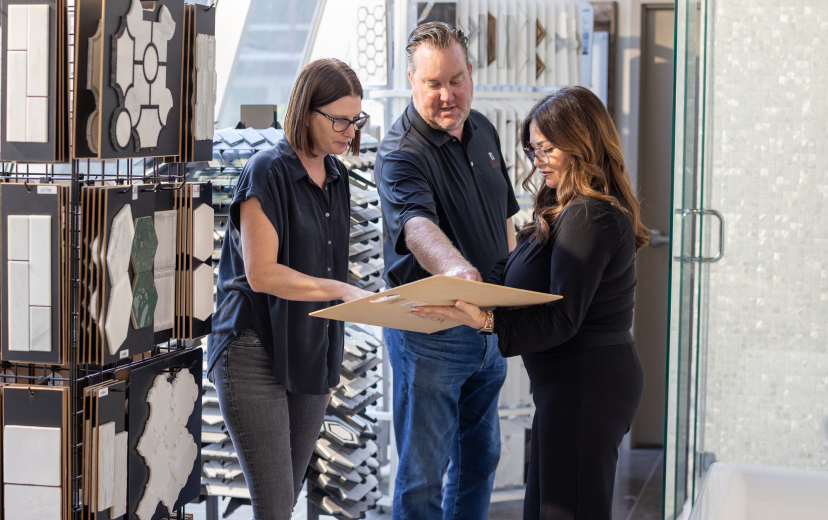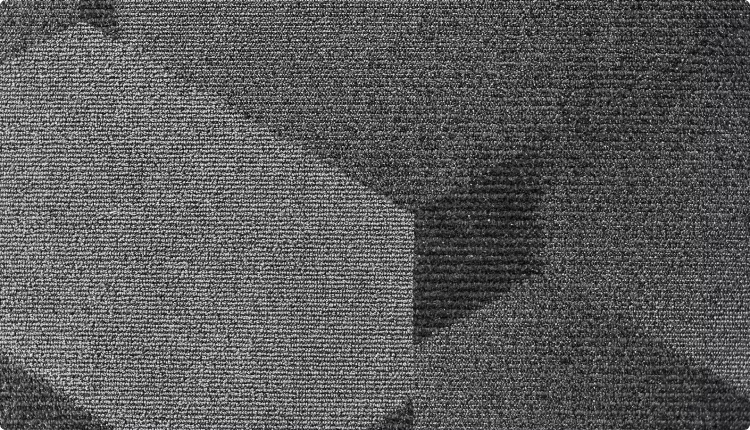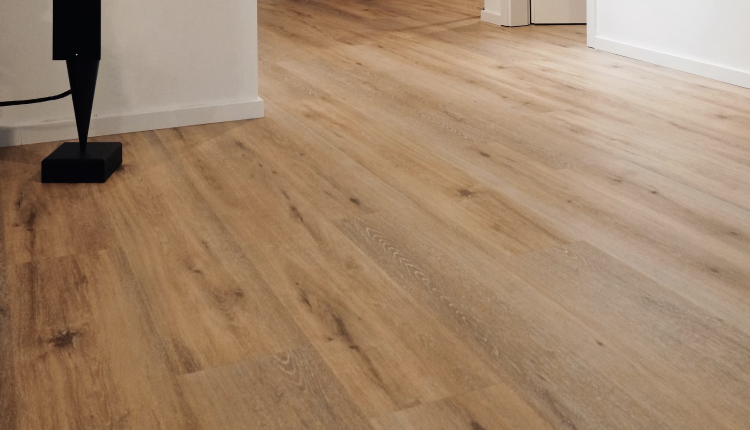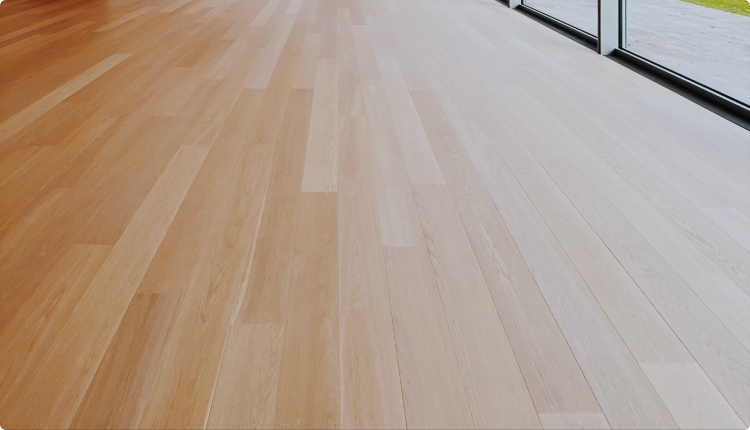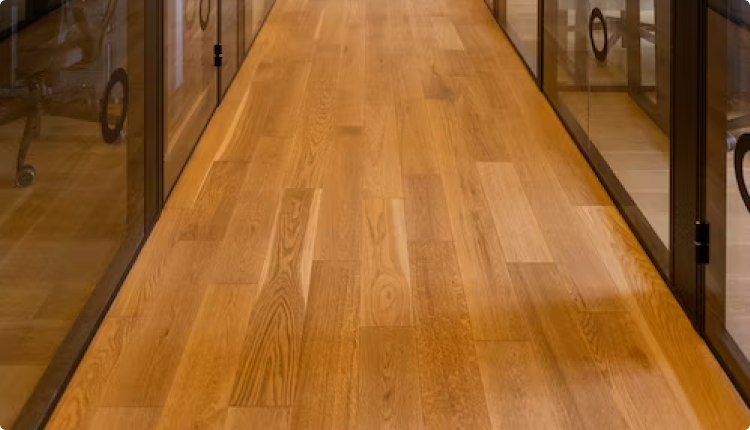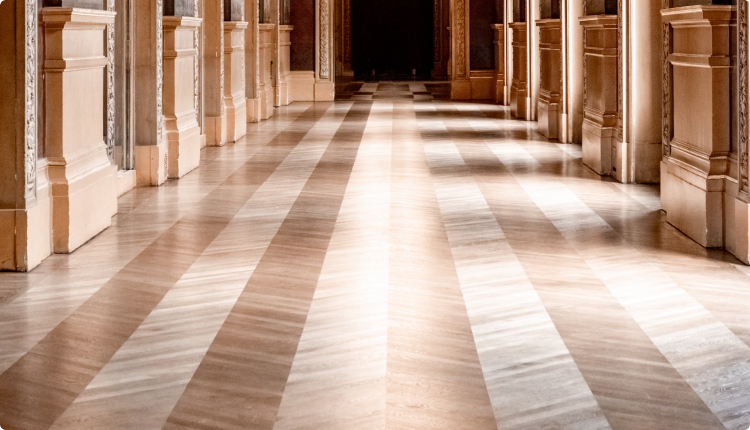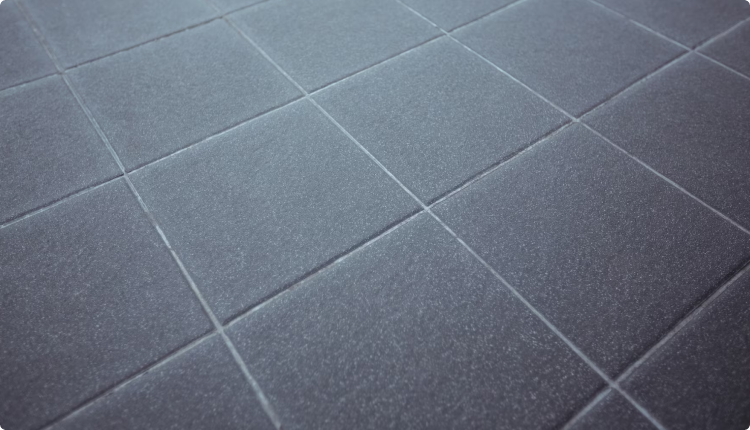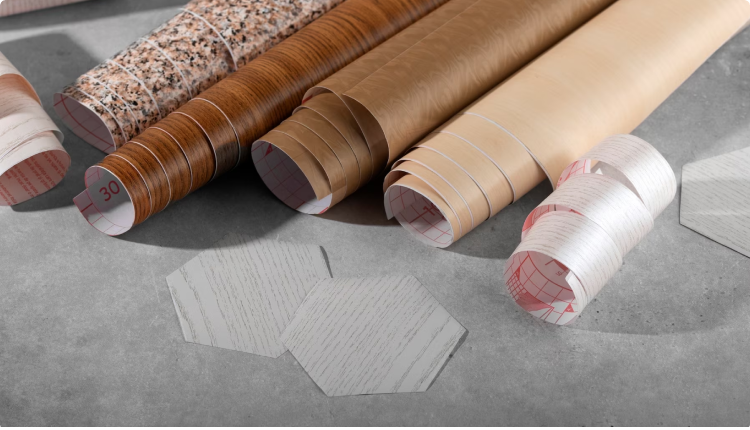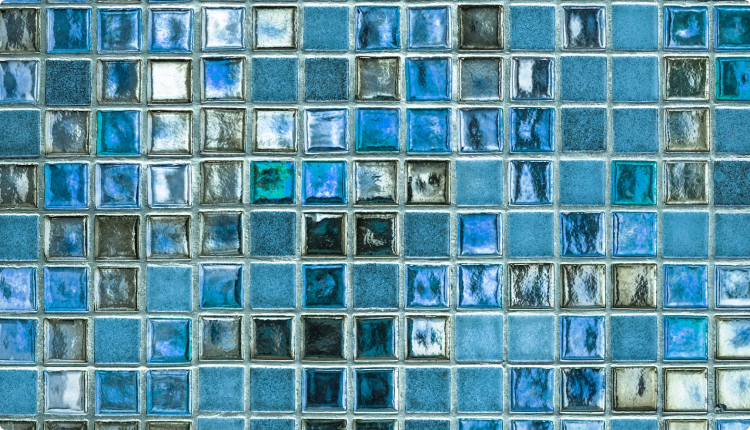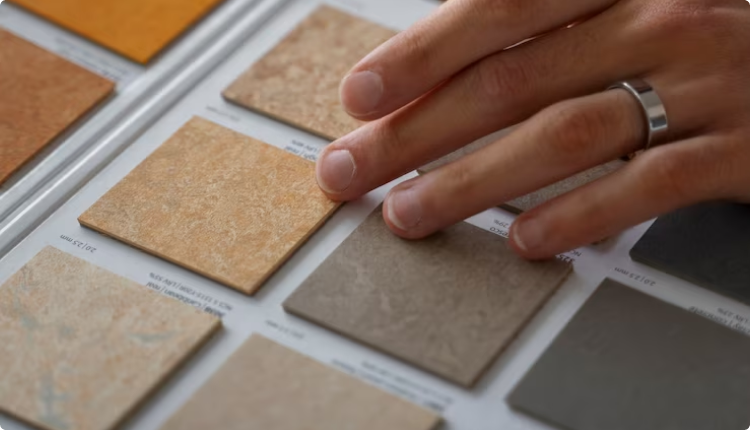Featured Products
Oak Hardwood from the Heritage Collection
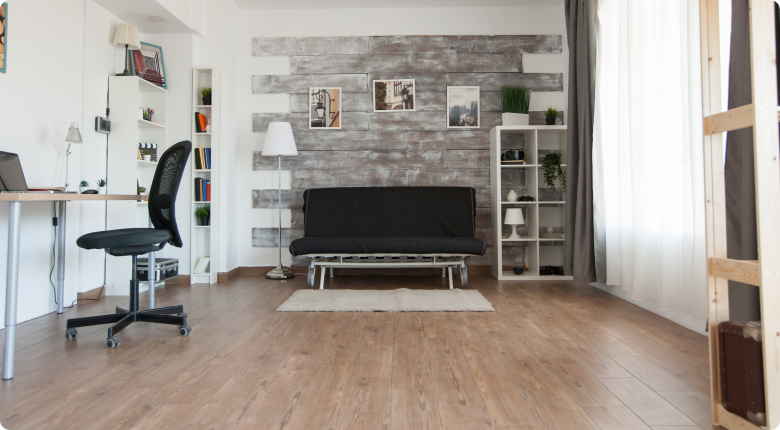
Durability and Aesthetics
Our Oak Hardwood is a standout product in the Heritage Collection, renowned for its exceptional durability and the rich, warm color palette it brings to any room. The natural grain patterns of oak add a unique character, making each installation distinct.
Versatile Style
Perfect for both traditional and contemporary settings, this hardwood flooring brings a timeless elegance that complements a variety of interior designs.


Sustainable Choice
Sourced responsibly, this collection not only offers aesthetic appeal but also aligns with eco-friendly practices.
Luxury Vinyl Tiles from the Modern Living Series

Upscale Look, Practical Living
These Luxury Vinyl Tiles are a part of our Modern Living Series, designed to offer an upscale look with the added benefit of minimal maintenance. They mimic the appearance of natural materials like wood and stone, providing a cost-effective yet luxurious option for modern homes.
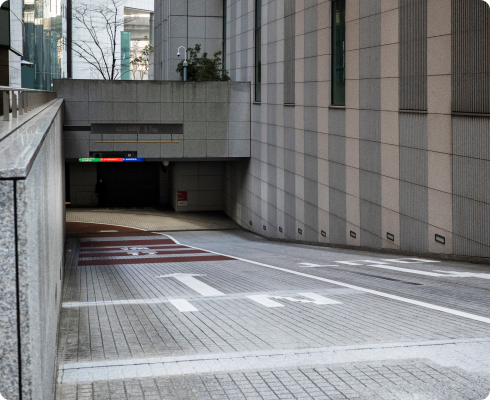
Durability and Resistance
Ideal for high-traffic areas, these tiles are built to resist scratches, dents, and stains, making them perfect for families and pet owners.
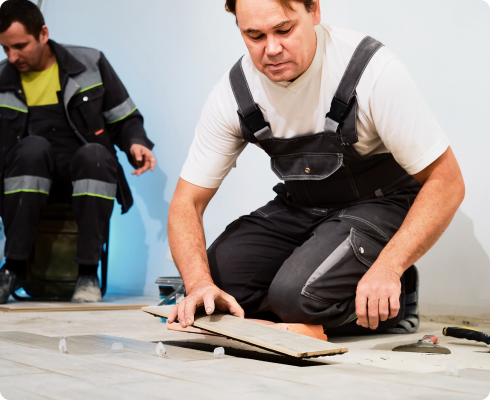
Easy Installation and Care
With a simple installation process and easy-to-clean surface, these tiles are a practical choice for busy lifestyles.
frequently asked questions
Caring for your new carpet is essential to maintain its appearance and extend its lifespan. We at CRT Flooring recommend regular vacuuming to remove dirt and dust particles. This should ideally be done at least once a week. Additionally, an annual professional cleaning is highly recommended to deep clean and remove any embedded dirt or potential allergens. Promptly treat any spills or stains to prevent them from setting in. Using carpet protectors under heavy furniture can also help to prevent indentations.
Yes, our hardwood flooring options are pet-friendly. Since many families include pets, we have designed our finishes to be scratch-resistant. While no hardwood floor is completely scratch-proof, selecting hardwood with stronger grain patterns and opting for matte or satin finishes can help to disguise minor scratches. Maintaining your pet’s nails and regular grit removals can also help preserve the condition of the floor.
Waterproof flooring is the perfect choice for areas prone to moisture and spills, such as kitchens, bathrooms, basements, and laundry rooms. The benefits of waterproof flooring include: Moisture Resistance: Prevents water damage and warping, preserving the integrity of the floor. Durability: Resistant to spills, stains, and humidity. Easy Maintenance: Simple to clean and needs no special treatments. Versatility: Available in several styles and designed to suit various décor preferences.
Laminate flooring is known for its durability and sustainability. High-traffic areas benefit from its resistance to fading, scratches, and stains. With the right maintenance and care, it has a 25-year lifespan. We advise that you place protective padding under heavy furniture, clean up spills swiftly, and avoid using excessive water when cleaning to maximize its lifespan.
The primary difference between luxury vinyl (LVF) and standard vinyl flooring lies in their aesthetic and construction: Aesthetic Appeal: Luxury vinyl flooring closely resembles natural materials like stone and wood, offering a more refined and authentic appearance. Its surface is often textured, adding to its realistic look. Construction and Durability: Typically, LVF has multiple layers of construction, with a strong wear layer providing further durability and scratch and dent resistance. Comfort and Insulation: In comparison to standard vinyl, luxury vinyl often feels thicker and softer underfoot and delivers superior insulation and noise reduction. Both types of vinyl flooring are moisture-resistant and easy to maintain, making them practical choices for various spaces.
